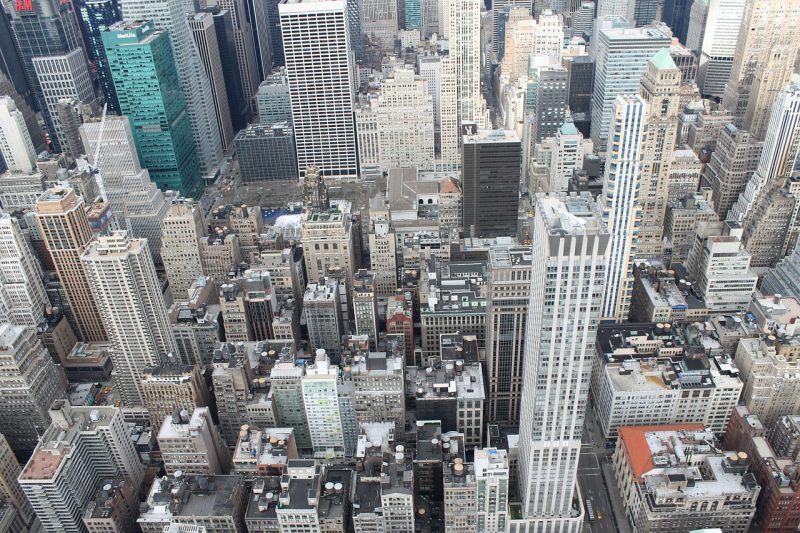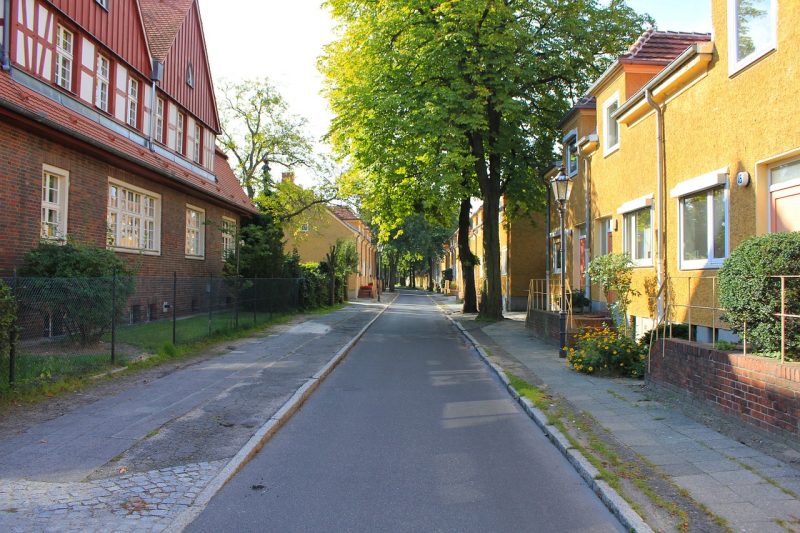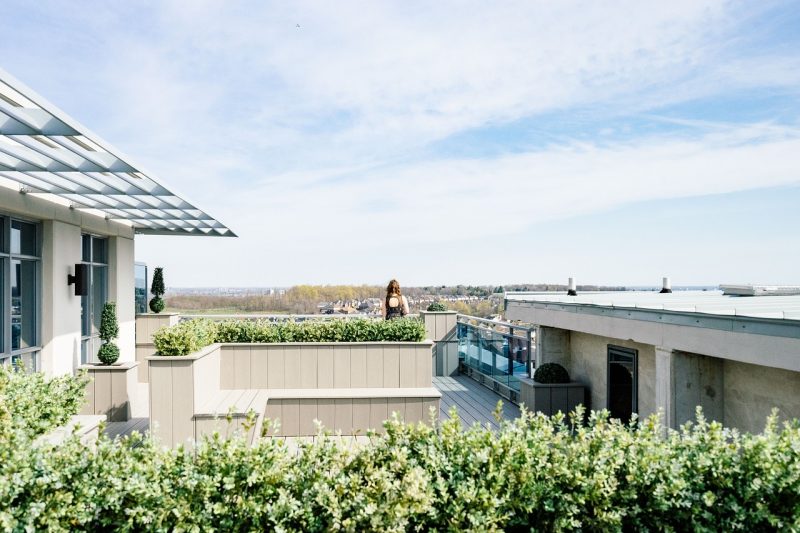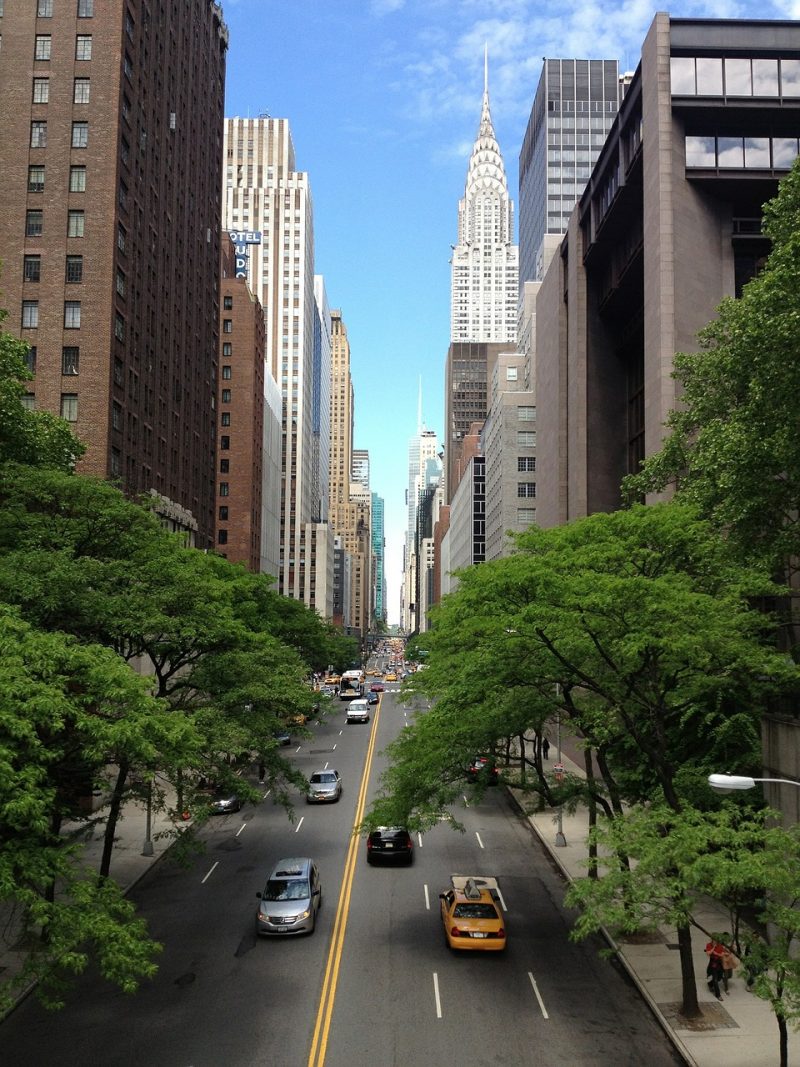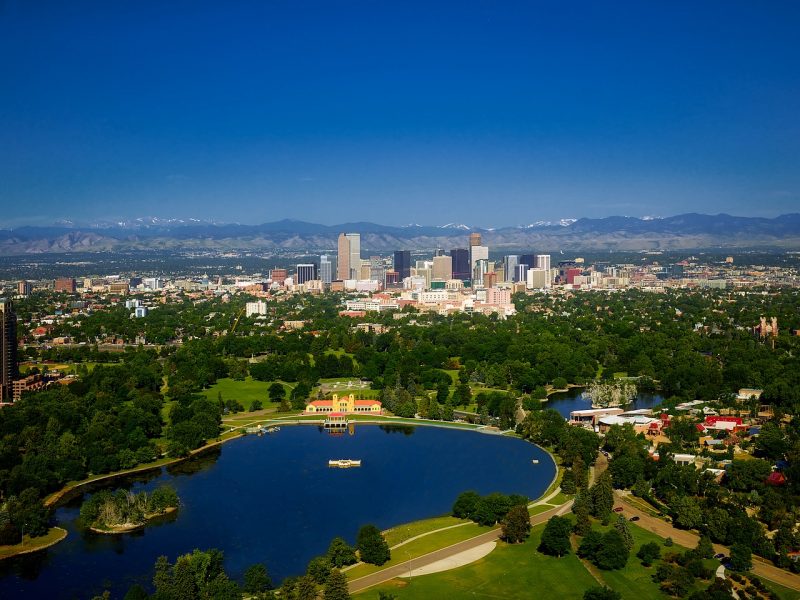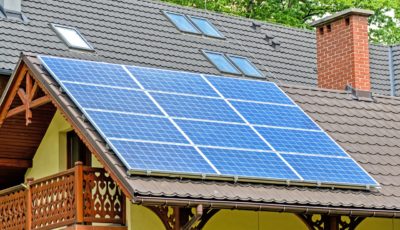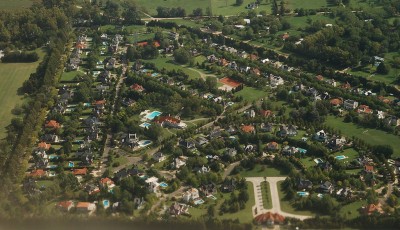Benefits of Urban Vegetation and Green Spaces
The gradual increase in urbanized areas has allowed for business, technology and human growth in many ways, but sadly it has had a negative effect on the environment. Issues with climate change and excessive energy expenditure calls for a change in urban environments. Not surprisingly it isn’t some genius technology that is helping urban areas cool down and bring community benefits. Instead it’s the dedicated approach some cities and individual businesses are taking to increase vegetation that is having the most significant effect.
Planting more trees, increasing the size and frequency of green spaces, and helping native vegetation flourish have profound effects on the environment, the people within the city, and the businesses that work there.
Here are some of the most important benefits that increasing green spaces offers.
Reduces the Heat Island Effect in Large Cities
The heat island effect is a term used to describe how UHIs or Urban Heat Islands affect the immediate environment. A UHI is an urban area that has warmer temperatures than the surrounding areas due to human activities. Many people are unaware that cities are warmer than rural areas. Increasing vegetation, particularly trees, helps to lower temperatures in these areas. The EPA has found that trees may be able to lower temperatures as much as 9°F through the natural process of evapotranspiration.
Trees in Large Parks Generate Cool Breezes
Including more parks into urban design is important, but remodeling existing parks to include more vegetation and trees is an even smarter move. Large, mature trees not only help cool the surrounding around them, but also positively affect wind patterns on a local level. As wind moves through a large, well treed park it is changing the navigation as well as cooling the warm air blowing in. This creates a cool breeze which extends well past the park itself.
Planting Trees Around Residential Buildings Reduces Energy Costs
Residential areas in hot climates can help residents reduce their heating bills up to 30% by planting trees around the home, particularly towards the west and southwest. This same idea applies to larger residential buildings, though on a smaller scale.
Constructing Living Roofs Provides Shelter for Wildlife and Natural Insulation
Living roofs, commonly referred to as green roofs, are special roof systems that are planted with native vegetation. There is no limit to the exact design of these roofs. Depending on the building, this green roof could be a simple turf roof with native grasses and small shrubs or it could be a green roof combined with a rooftop deck space for building occupants. Green roofs, even when they aren’t designed specifically as a green space for people, offer incredible environmental benefits. Important wildlife and insects will call this place home. Rainwater won’t be as much of an issue. Both heating and cooling bills will be reduced thanks to its insulative properties, meaning it’s a useful choice for hot and cold climates.
Providing Green Spaces Instead of Indoor Spaces for Employees
There are numerous physical and psychological benefits of spending more time outdoors. Office workers tend to have a difficult time coping with stress on top of also having a more sedentary lifestyle due to the amount of time spent sitting at a desk. Commercial office buildings can help alleviate the monotony felt by employees by offering green spaces. This will entice employees to get up from their desks and go outside for some fresh air. The change of scenery and relaxation of being around nature may even reduce tension in the office while helping employee-employee relationships.
Trees and Other Vegetation Reduce Carbon Pollution
Most people already are aware of houseplants helping to clean the air – increasing urban vegetation has the same effect on a much larger scale. Trees and plants absorb carbon dioxide and release oxygen. Many cities have a problem with greenhouse gas emissions due to energy usage. Not only does an increase in green spaces reduce energy usage, thereby reducing emissions, but also helps clear already polluted air.
Human, By Nature, Need Trees and Plants to Thrive
While many people feel at home in urban settings, there is little doubt that humans need to have nature in the form of vegetation to really thrive. Green spaces increase quality of life by giving shade and cool air in the heat. Visually trees and landscaped areas bring calmness to the mind and a sense of beauty. An increase in trees and vegetation also means an increase in native wildlife which brings its own sense of joy to many people. Carefully placed trees and hedges also function as a natural sound barrier.
Dealing with a changing climate is complicated but many cities can improve their immediate environment by increasing vegetation. Adding and improving green spaces throughout cities, both on a residential and public basis, not only increase community involvement outdoors, but helps to lower temperatures and reduce energy costs of buildings. The numerous benefits involved should make this a clear goal for urban areas under redevelopment.


